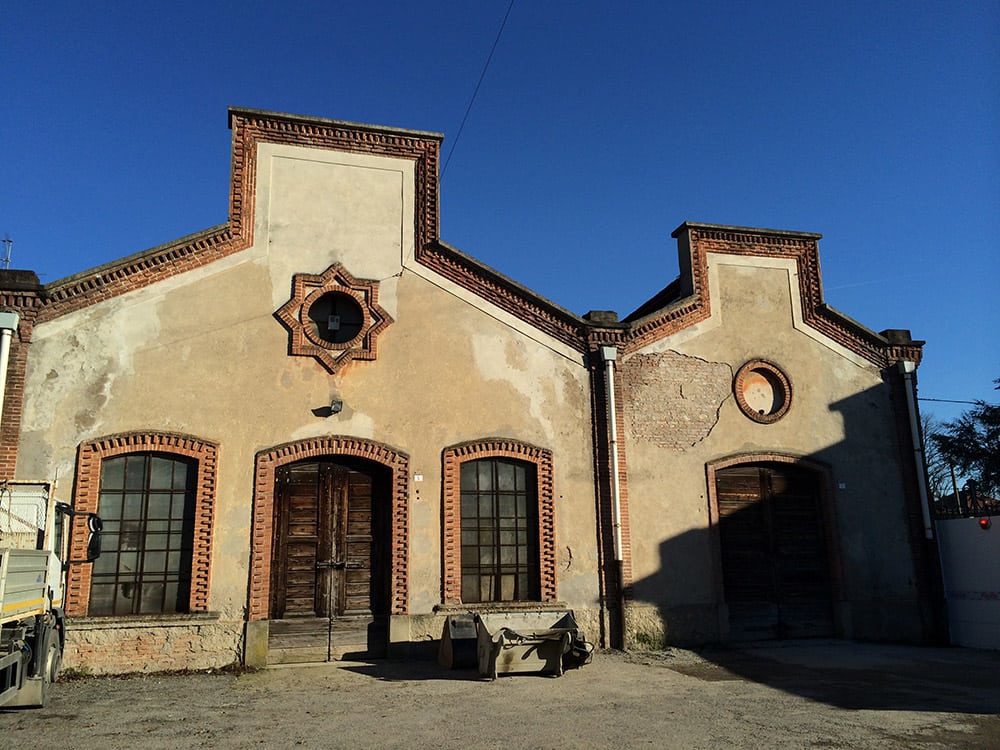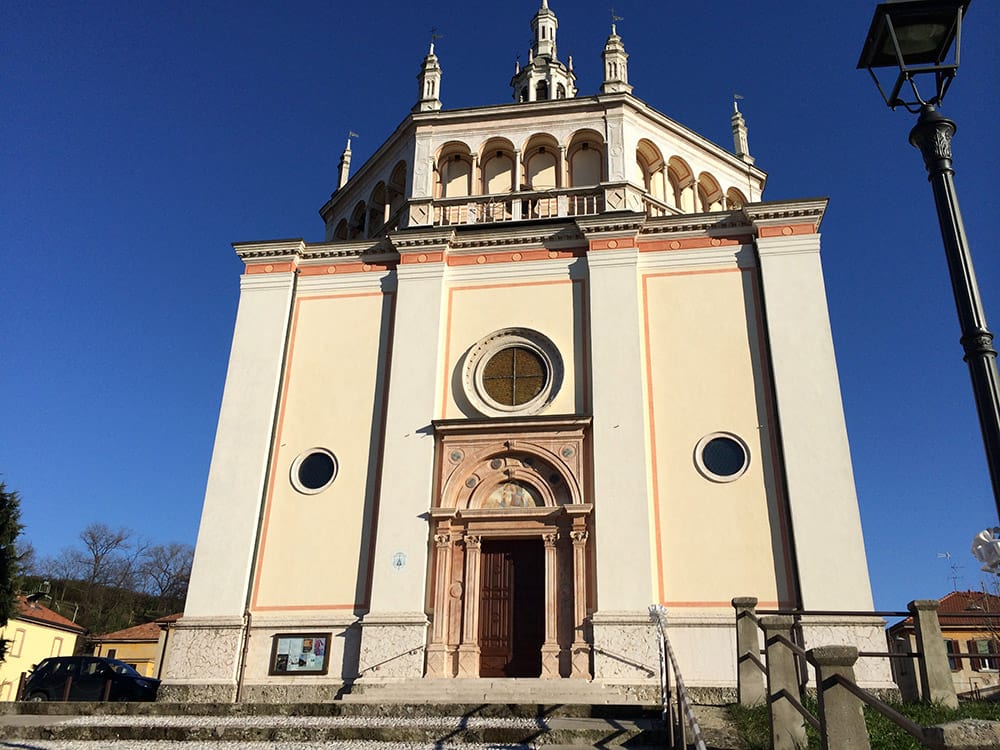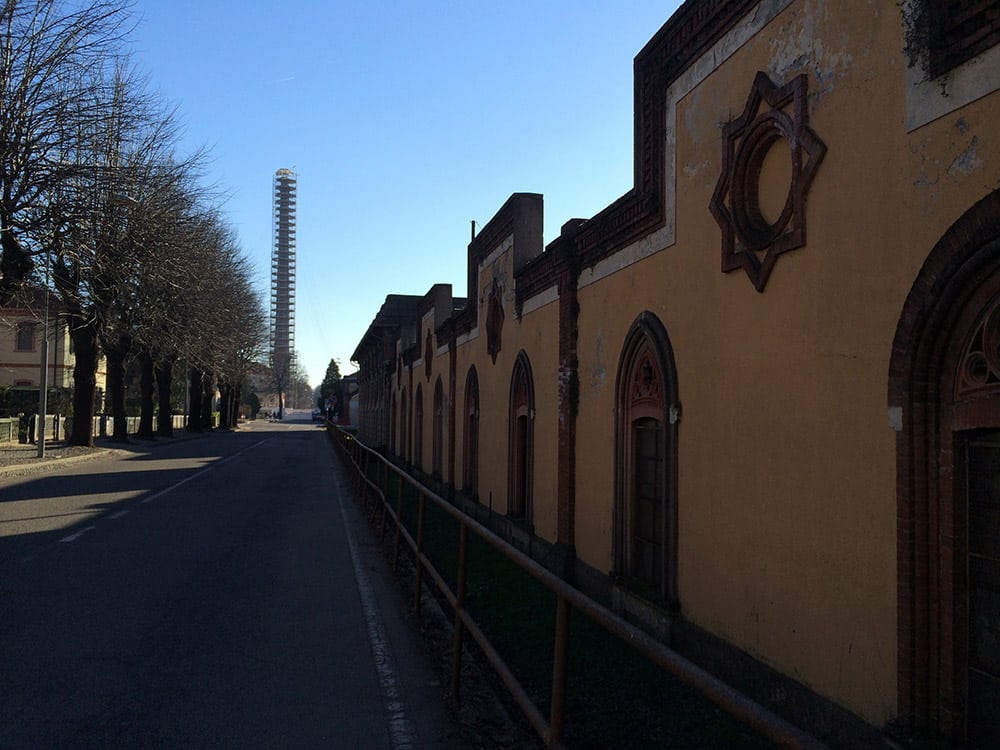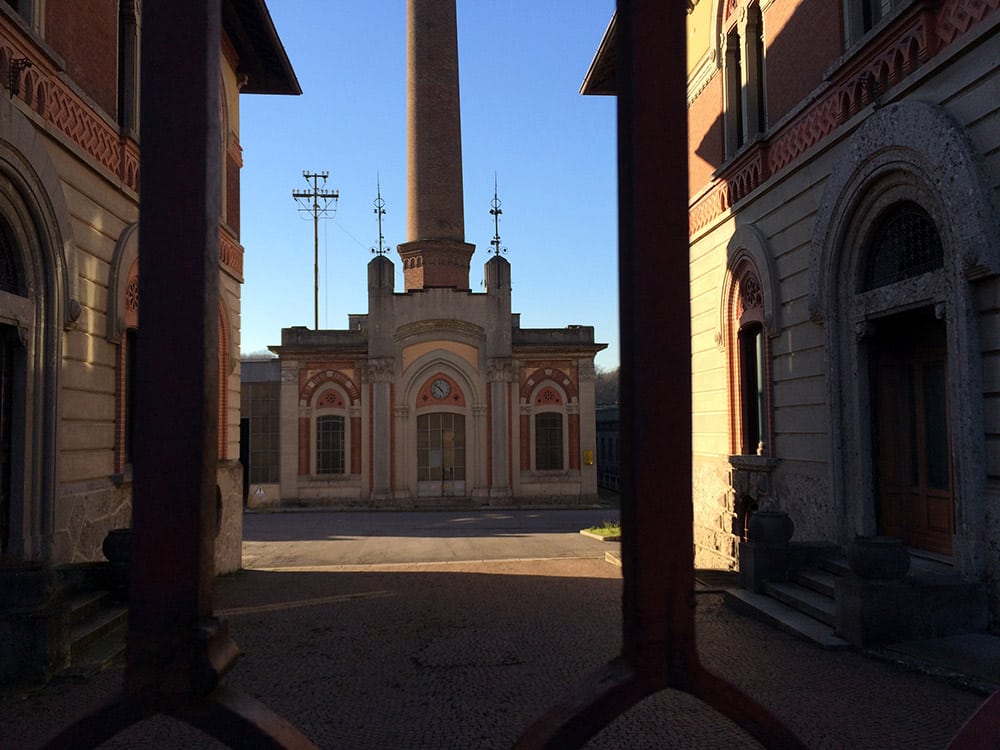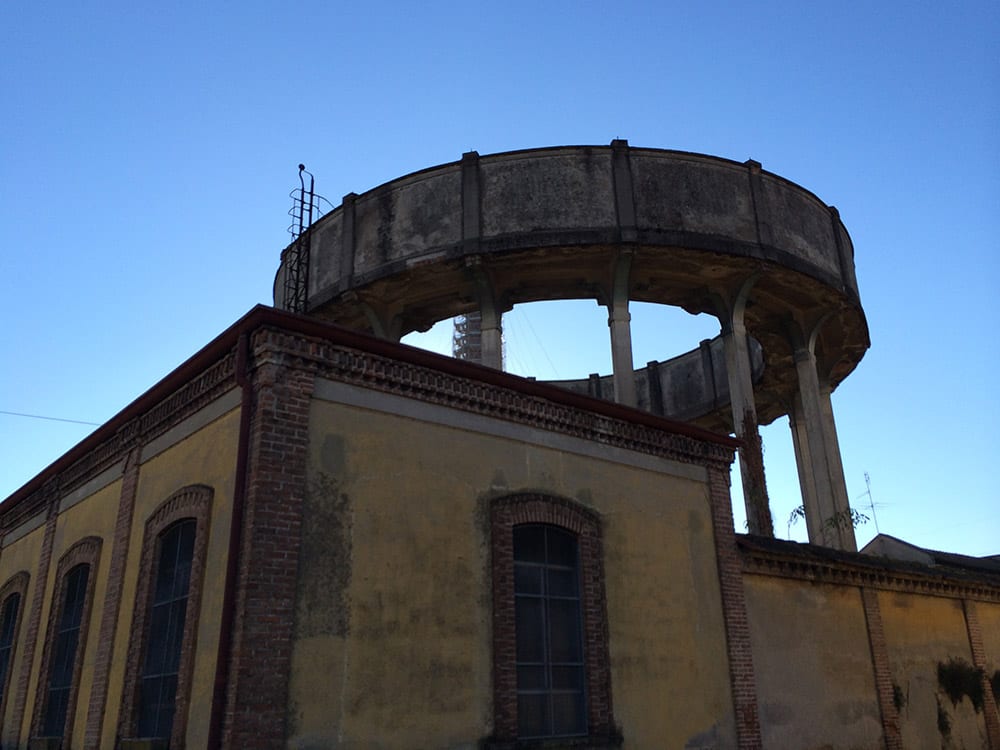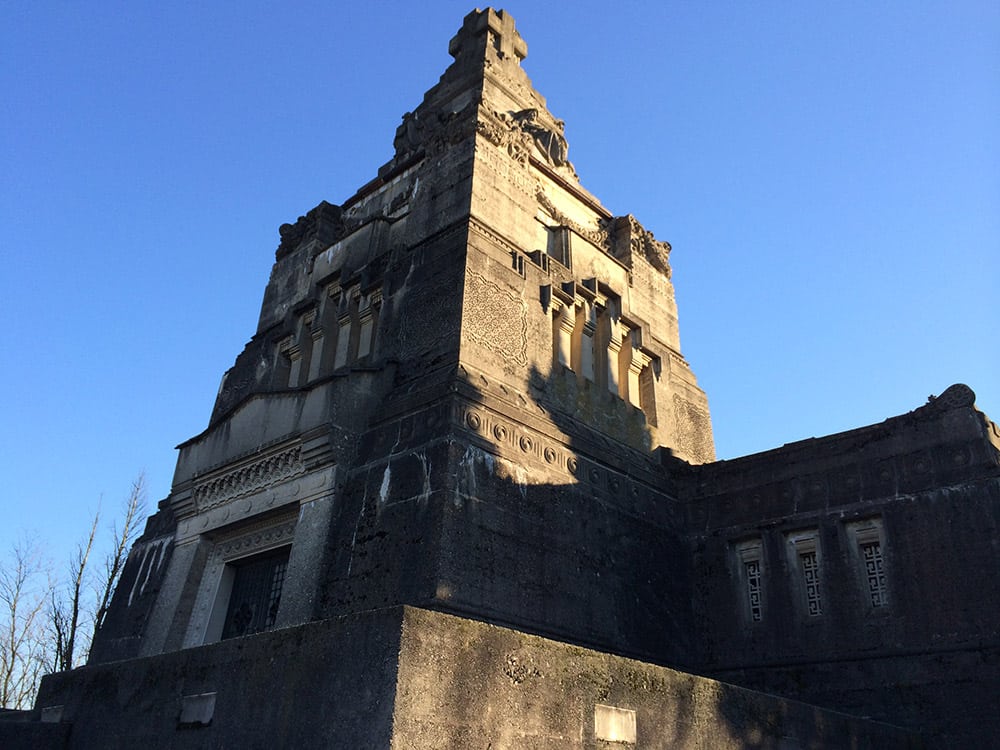Rivers have always had a strong influence on human beings, their settlement choices and their economic strategy since the beginning of our history. If you travel among the European capitals, you will always find yourself taking pictures on an old bridge overlooking the flow of a mighty river.
The Adda river (whose name in Celtic means “running water”) and his path crosses the entire Lombardy before emptying into the Po river, the biggest Italian river. In 1875 the Crespi’s, a very influential Lombard entrepreneur family, bought a vast area close to the Adda river, with the ambitious project of setting a new cotton manufacture plant.
The industrial development of the second half of the XIX century and the inevitable phenomenon of sudden urbanization that was achieved in all of Europe, had caused the formation of large pockets of poverty and social distress. This radical change, undoubtedly very negative and alarming, gave rise to the design of new living spaces and working structures that could accommodate a new working class, whose legitimate needs were recognised and complied.
Of course, only a restricted number of enlightened entrepreneurs made effective this type of vision and the Crespi family belongs to this restricted entourage. Cristoforo Benigno Crespi and later on his son Silvio built, together with the cotton manufacture, a village equipped with all the necessary infrastructure necessary to make their workers existence easy and peaceful.
Each family could count on decent housing, simple duplexes for factory workers and more sophisticated villas for managers and employees, free education and school supplies for their kids (which were even entertained in the summer months during their parents working hours, a sort of summer camp ante litteram), a church, a little hospital with an operating room, sports court, fireman station, theater and swimming pool.
The worker’s life was carefully planned and organized including leisure and free time: the entire existence could be spend within the village perimeter. At the very end of the decumano, the main street, as to illustrate the life metaphor, the graveyard with an imposing mausoleum that hosted Crespi’s deceased.
Even considering the paternalistic and utilitarian aspect of the project, we can define it a success: during the Almost fifty years of the Crespi family governance not a strike or riot ever occurred.
In 1995 Unesco entered Villaggio Crespi in the World Heritage Sites list for being the South European workers village best preserved and for this reason it still is a constant destination for architectural students offering the opportunity to visit a piece of modern history.
Villagio Crespi
Web site: http://www.villaggiocrespi.it
[socialWarfare]

